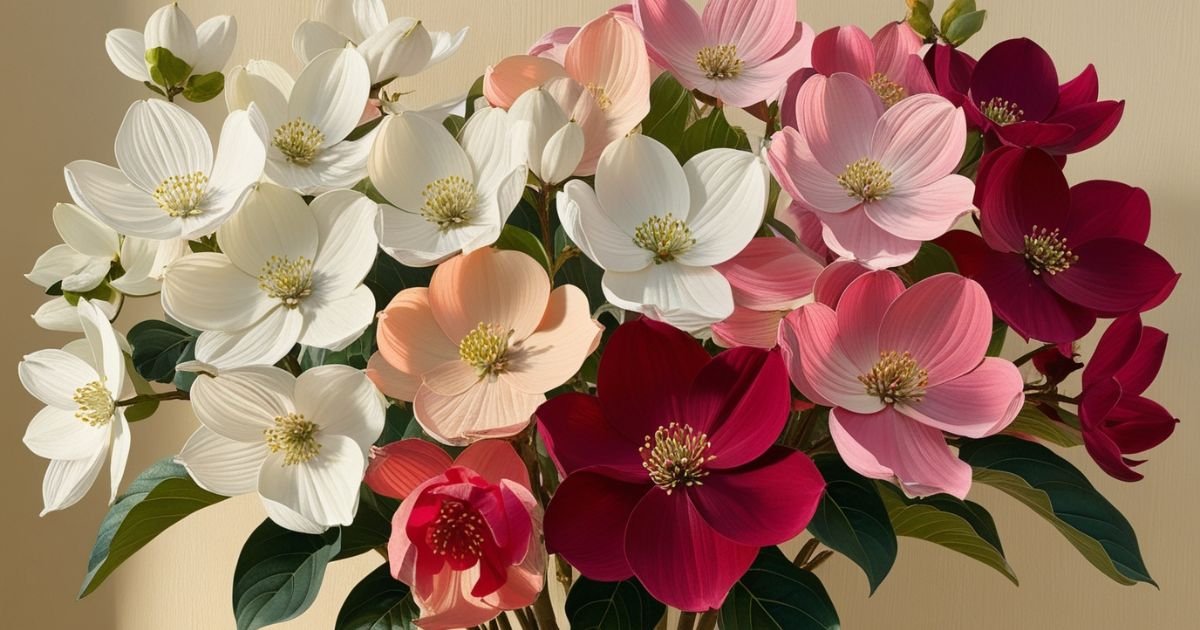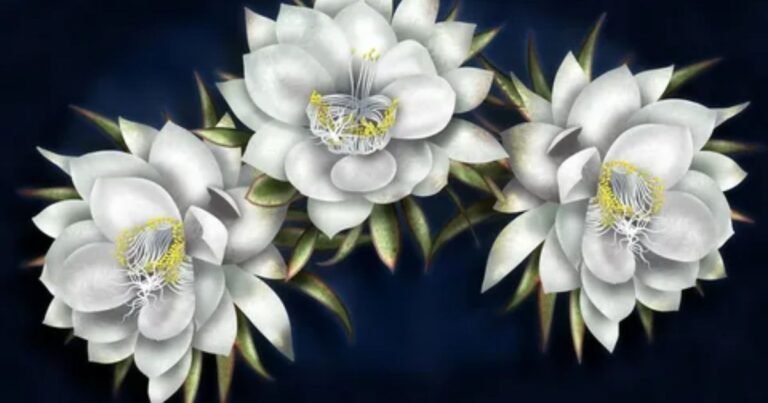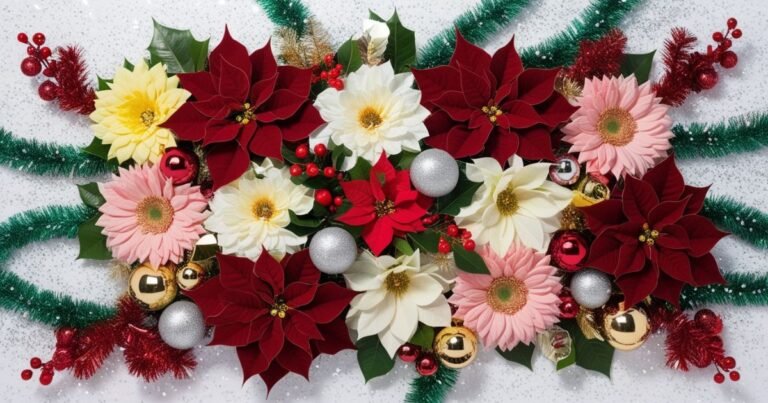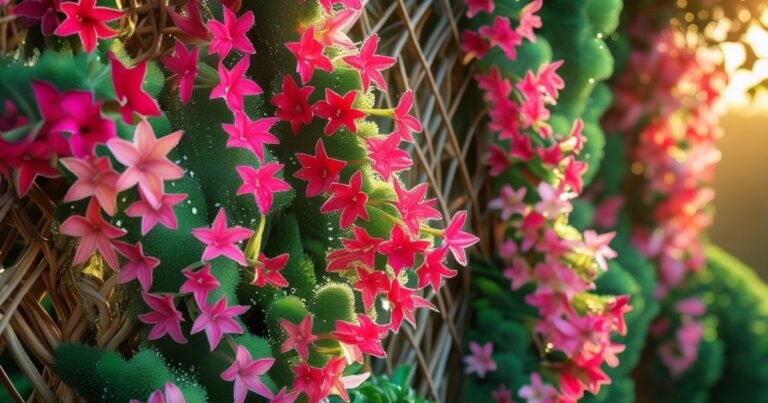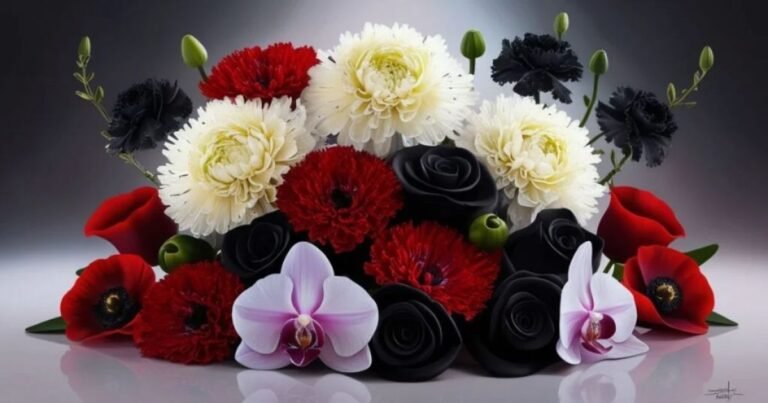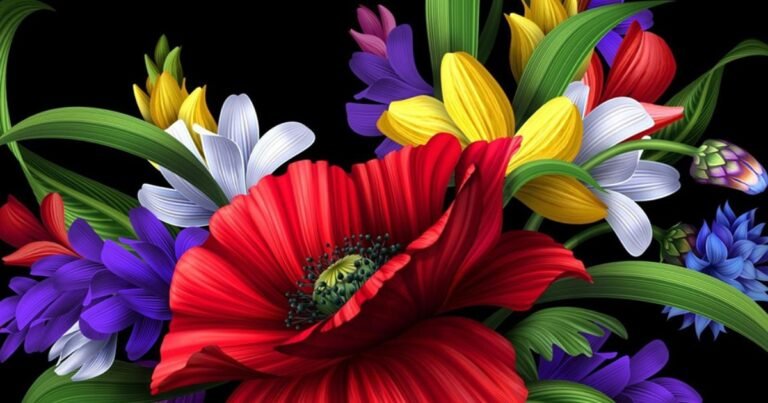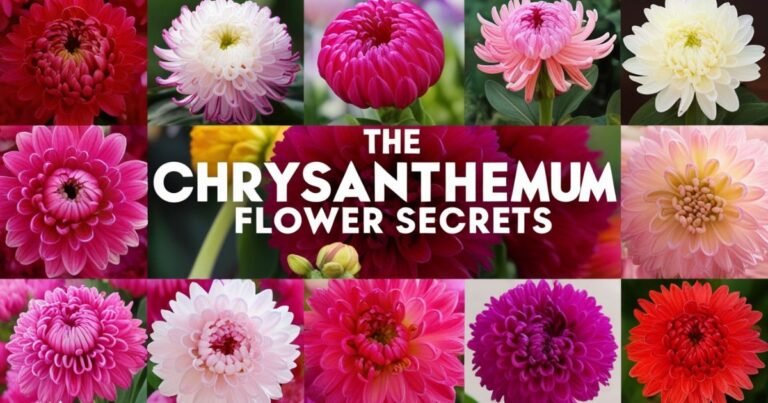The Dogwood Flower: A Symbol of Grace, and Renewal
The Dogwood flower, with its delicate petals and vibrant colors, has long been a symbol of grace and renewal. In many cultures, this beautiful flower is seen as a sign of new beginnings, often blooming in the early spring as the world awakens from winter’s slumber. Its soft, four-petaled bloom carries deep meaning, representing hope, resilience, and the cycle of life.
The Dogwood flower holds a special place in symbolism. In Christian tradition, it is said to represent the crucifixion of Jesus Christ, with the shape of the flower resembling a cross. Whether admired for its spiritual significance or its natural elegance, the Dogwood continues to inspire.
The Dogwood Flower Botanical Overview
The Dogwood (genus Cornus) is a treasure of nature, native to parts of North America, Europe, and Asia. Among its family of species, the flowering Dogwood (Cornus florida) stands as a favorite, revered for its stunning display in spring.
With blooms in shades of white, pink, and red, Dogwood trees paint landscapes with subtle splendor.
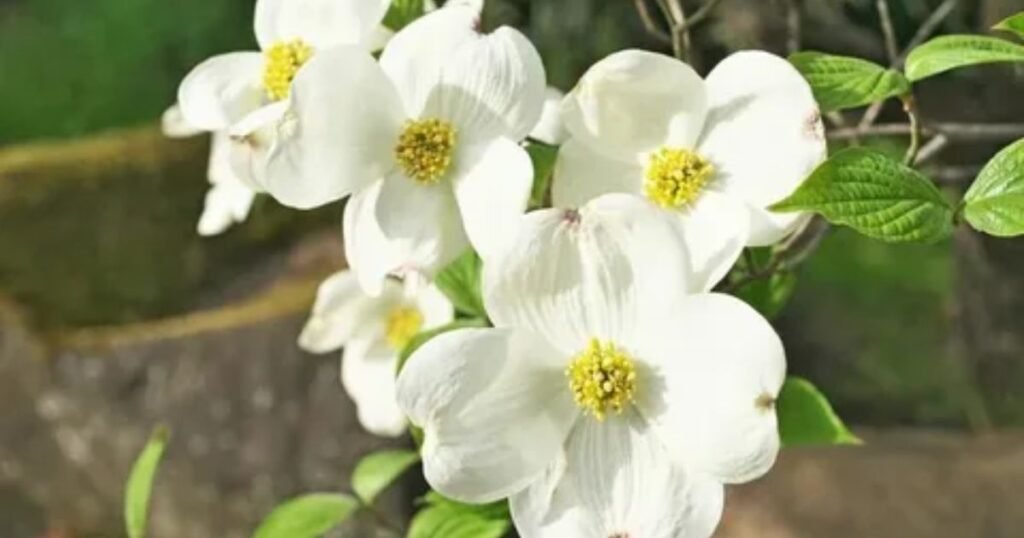
Distinguished by its layered, petal-like bracts encircling a tiny cluster of true flowers, the Dogwood captivates gardeners and onlookers alike. It thrives in moist, well drained soils and temperate climates, offering not only beauty but ecological benefits as well, attracting pollinators and birds to its vibrant canopy.
Historical Significance of Dogwood
The Dogwood has long been shrouded in myths and legends, each adding layers to its mystique. In Roman folklore, the Dogwood tree was believed to house nymphs, their spirits dancing beneath its blooms.
Native American tribes admired it as a symbol of protection, planting Dogwood near homes to ward off negative energies.
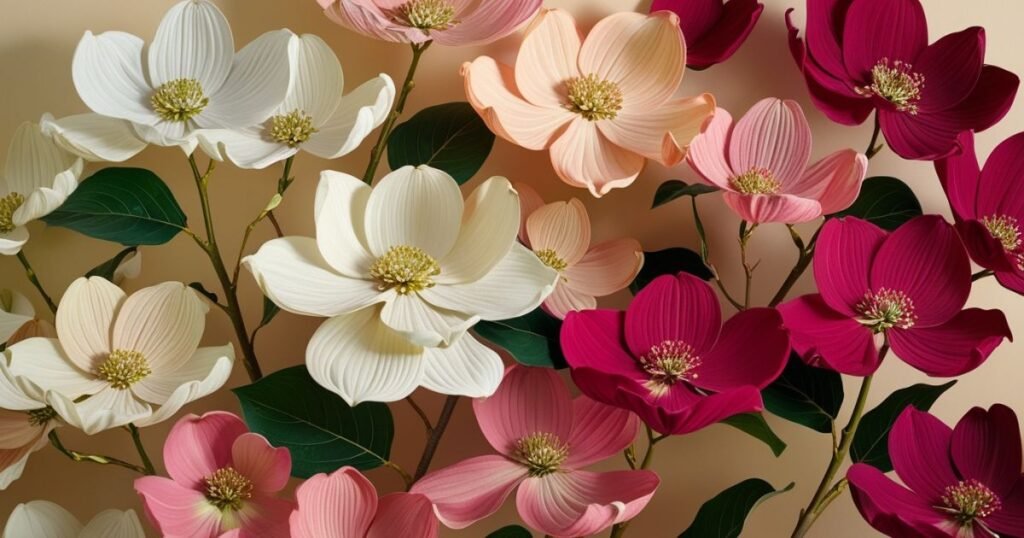
Perhaps the most famous tale ties the Dogwood to the Crucifixion of Christ. Legends whisper that the Dogwood was once a towering tree, chosen for the cross. Guilt ridden by its role, it was transformed into a slender, twisted tree, bearing flowers as a perpetual reminder of faith and redemption.
The Dogwood Flower Symbolism
Few flowers encapsulate resilience as gracefully as the Dogwood. Its blossoms emerge after harsh winters, reminding us of life’s ability to bloom anew. Dogwood flowers carry messages of rebirth, strength, and unwavering beauty, even amidst trials.
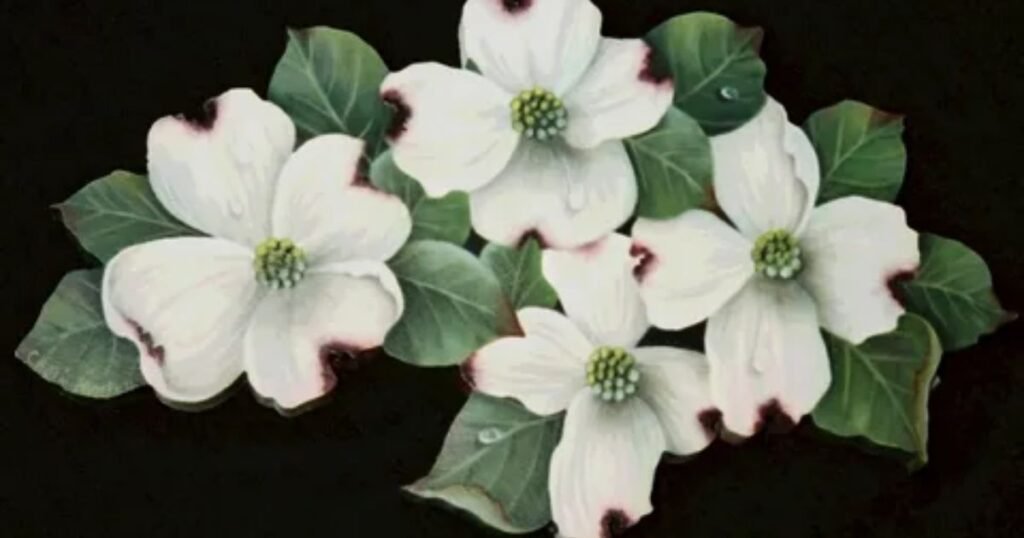
Symbolically, the four petals resembling a cross add a spiritual dimension, connecting nature’s elegance with divine love. For many, the Dogwood stands as an emblem of inner strength and an enduring spirit, echoing the cycles of life and hope.
Dogwood Flower in Christianity
In Christian lore, the Dogwood flower holds a sacred place. The tree’s modest form, paired with its cross-shaped blooms, is said to reflect humility and grace.
Its white bracts, tinged with hints of red at their tips, evoke the imagery of Christ’s sacrifice and the wounds endured on the cross.
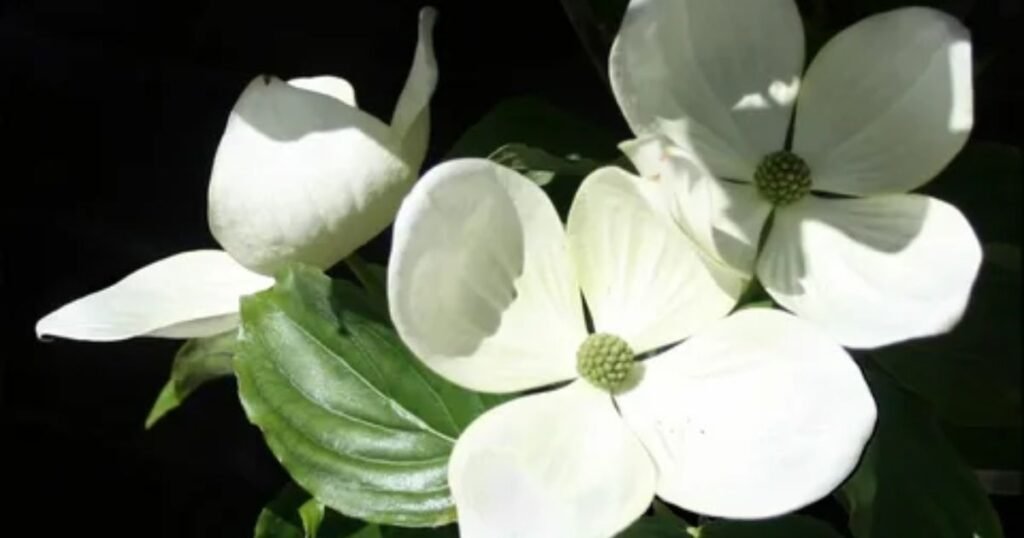
Churches and believers have long embraced the Dogwood as a symbol of renewal and salvation. It appears in Easter celebrations as a floral metaphor for resurrection, serving as a reminder of unwavering faith and divine forgiveness.
Cultural and Literary References
From poetry to paintings, the Dogwood flower has inspired countless works of art and literature. Poets like its blossoms to soft whispers of love and endurance, while artists capture its delicate beauty in strokes of timeless elegance.
Dogwood flowers, often placed at the heart of landscapes, serve as metaphors for rootedness and growth.
Authors like Robert Frost have drawn inspiration from the Dogwood, weaving its symbolism into narratives that celebrate nature’s quiet wisdom. Its enduring presence in the arts reflects humanity’s shared reverence for its splendor.
Colors of the Dogwood Flower and Their Meanings
The colors of the dogwood flower carry rich symbolism, each hue telling a unique story about life, love, and renewal.
From the gentle pink to the pure white and bold red, these flowers are not just a visual delight but also a reflection of deeper meanings and emotional connections.
Pink Dogwood Flowers: The Color of Compassion and Warmth
The pink dogwood flower is often seen as a symbol of love, compassion, and understanding. Its soft hue evokes feelings of warmth and comfort, like a gentle embrace.
Many believe that the pink variety carries an emotional depth, connecting us to both our hearts and the hearts of others. Its delicate tone is a reminder to nurture relationships with kindness and care.
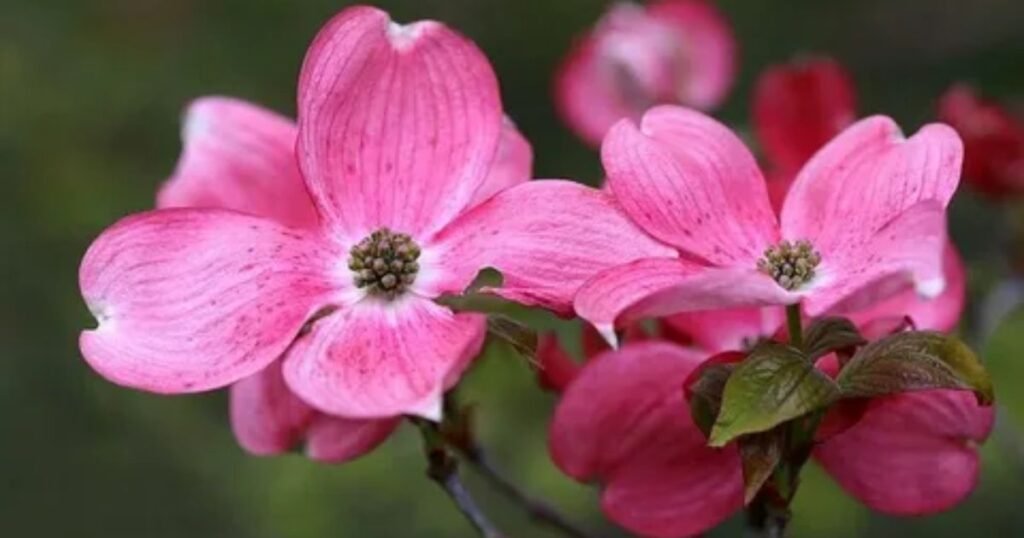
Beyond just love, pink dogwoods also represent renewal and healing. The color resonates with a sense of calm and peace, making it a favorite in gardens designed to promote tranquility.
For those who encounter this flower, it brings a subtle promise that everything can be made whole again, especially after times of emotional hardship.
White Dogwood Flowers: Purity, Innocence, and New Beginnings
White dogwood flowers are the embodiment of purity and innocence. Their pristine white petals symbolize fresh starts and the hope that comes with them.
Many view the white variety as a gentle reminder that even in life’s darkest moments, there is always room for new beginnings and growth. Its clean, bright appearance often invokes feelings of peace and clarity, making it a perfect representation of rebirth.
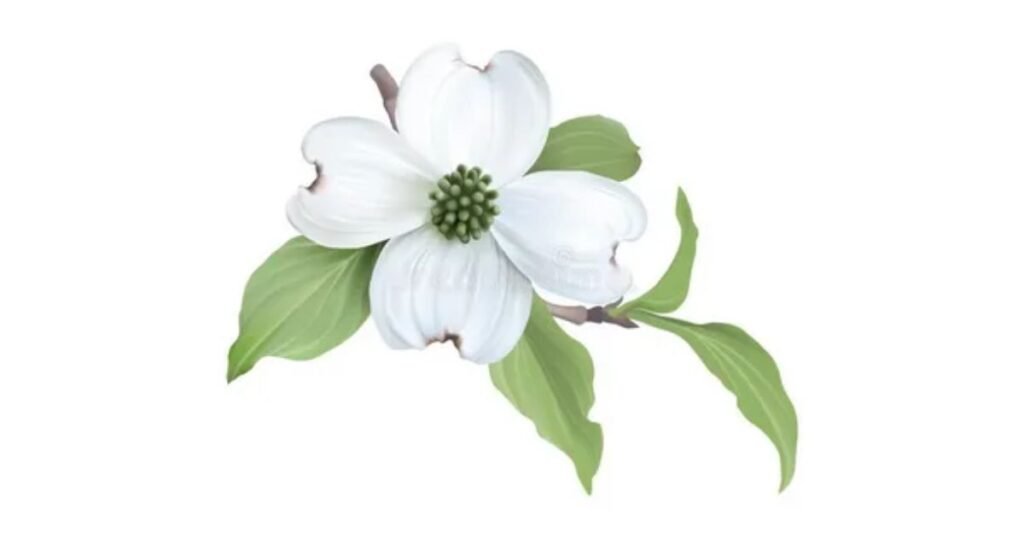
The symbolism of white dogwoods also ties to spirituality and renewal. This color often represents a deep connection to nature’s cycle, reminding us that every ending leads to a new beginning.
Its timeless elegance has made it a symbol of unshakeable faith and the enduring beauty of life’s continuous transformation.
Red Dogwood Flowers: Strength, Passion, and Courage
Red dogwood flowers stand for strength and passion, capturing the essence of boldness in every petal. Their vibrant red hue signifies determination, courage, and the power to overcome obstacles.
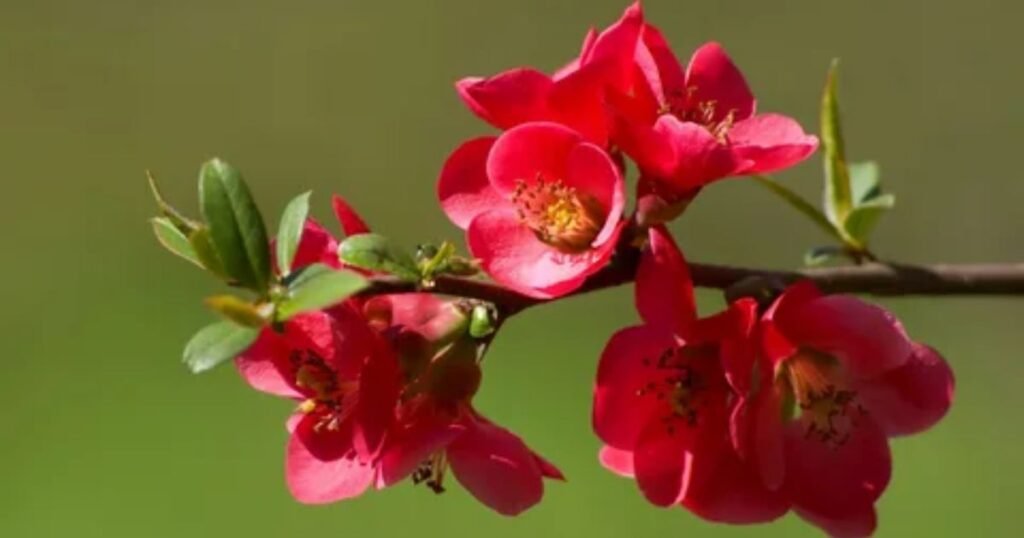
Those drawn to red dogwoods are often inspired by the flower’s fiery intensity, which calls upon us to embrace life with energy and fearlessness. It’s a symbol for those who refuse to back down, no matter the challenges they face.
On a deeper level, red dogwoods also represent the emotional depth of love and sacrifice. In a world that often feels divided, this flower reminds us to stand firm in our beliefs and show courage in our convictions. Red dogwood is not just a color; it’s a declaration of resilience and an invitation to live life with passion and purpose.
Dogwood Flower as a Gift
Dogwood flowers make for an extraordinary gift, carrying deep symbolism and emotional resonance. Known for their beauty, they represent grace, hope, and new beginnings.
Gifting a dogwood flower isn’t just about the gesture, it’s about conveying a message. It’s a reminder that life’s challenges can bring forth renewal and growth. Whether given during a moment of celebration or in times of struggle, the dogwood speaks directly to the heart, offering comfort and inspiration.
The unique charm of dogwood flowers also lies in their timeless appeal. With their delicate petals and vibrant colors, they brighten any space and uplift the spirit.
Whether wrapped in a bouquet or placed in a thoughtful arrangement, the dogwood transforms an ordinary gift into something memorable.
It’s not just the beauty of the flower it’s the message it carries: strength, renewal, and a promise of brighter days ahead.
Conclusion
The Dogwood flower, with its serene beauty and powerful symbolism, gently reminds us that true beauty is not found in perfection but in resilience, rebirth, and the eternal cycles of life. Its blossoms, like whispers from nature’s soul, speak of renewal after adversity and the unwavering promise of brighter days ahead.
It sways gracefully in the springtime breeze or graces sacred spaces with its delicate charm, the Dogwood captivates with a timeless allure that connects the earthly to the divine.
As we admire its cross-shaped petals and soft hues, the Dogwood beckons us to pause and reflect on life’s quiet wisdom: strength in gentleness, peace in humility, and the courage to bloom even after the storm. More than just a flower, it is a living poem, a profound reminder to embrace the simple, yet extraordinary, wonders that surround us every day.

